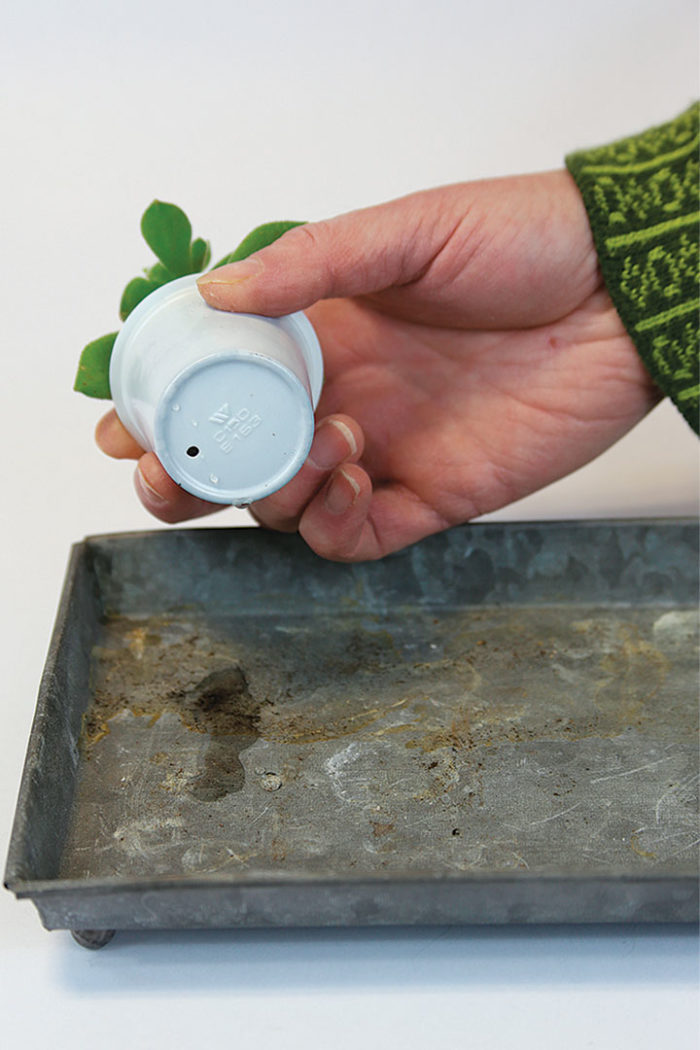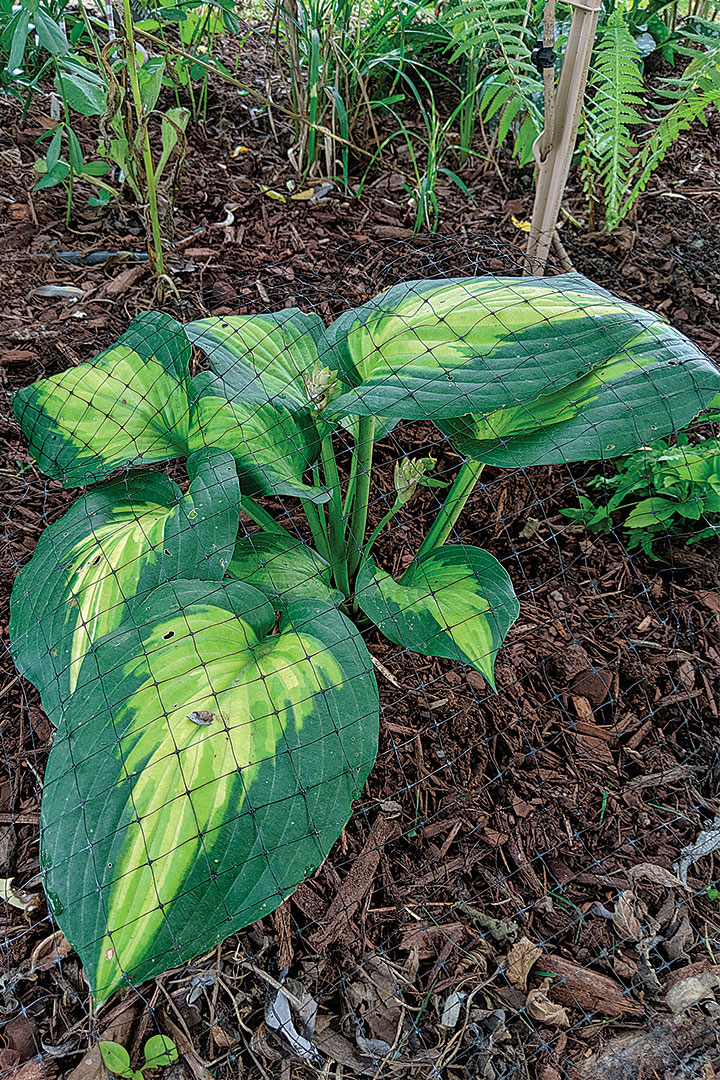
Winning Tip: Use K-Cup Coffee Pods to Start Seeds
K-Cup coffee pods make great containers for starting seeds or rooting cuttings. I cut off the foil top and wash the container in the dishwasher. It already has a drainage hole, so I fill it with potting soil and plant the seed or cutting. When the seedling gets large enough to transplant, I move it to a larger pot or, depending on the type of plant, harden it off and plant it directly in the garden.
—Sharon Mabe, Paris, Tennessee
Handy Compost Bin
I purchased a small step-on waste basket to use as a compost bin, and it works great. You can open the lid with either your hand or your foot (if your hands are full of food scraps). It has a large capacity, and the inside lifts out easily to take out to the compost pile.
—Lisa Alderson, Ferndale, Washington

Protecting Hostas from Browsing Deer
I live in the country and enjoy the deer that stray into the yard. I also enjoy hostas in my garden, which means I’ve had to be super diligent about spraying deer repellent. An easier solution I’ve found is to cover the emerging shoots with dome-shaped mesh covers like those used to protect food at picnics. I leave them in place until the leaves develop some maturity, then I replace them with lightweight bird netting laid over the hosta leaves. When blooms emerge, they easily shoot up through the netting, helping to hold it in place.
—Esther Davis, Salem, Virginia
Potting Soil Additive
Have you ever run low on potting soil when repotting a plant? I solve that supply problem by adding a mixture of dry leaves and clippings from untreated grass to the bottom of the pot—no more than two-thirds of the pot’s volume. I water the mixture well, then I position my plant on top of the mixture and add enough potting soil to completely cover the root mass. The roots must touch the soil to absorb the nutrients that the plant needs to grow.
As the season progresses, the leaves and grass decompose and feed the plant, while the mass diminishes. When I notice the soil level drop, I place grass clippings on top of the potting soil to conserve moisture and provide nutrients. I have had much success with this technique over many years of growing tomatoes, peppers, squash, eggplants, and flowers. I do not recommend it for root crops, though.
—Mary Crum, Holland, Pennsylvania
From Fine Gardening #192
Fine Gardening Recommended Products

Ashman Garden Cultivator (1Pack)
Fine Gardening receives a commission for items purchased through links on this site, including Amazon Associates and other affiliate advertising programs.

Gardener's Log Book from NYBG
Fine Gardening receives a commission for items purchased through links on this site, including Amazon Associates and other affiliate advertising programs.

Corona E-Grip Trowel
Fine Gardening receives a commission for items purchased through links on this site, including Amazon Associates and other affiliate advertising programs.


















Comments
Log in or create an account to post a comment.
Sign up Log in